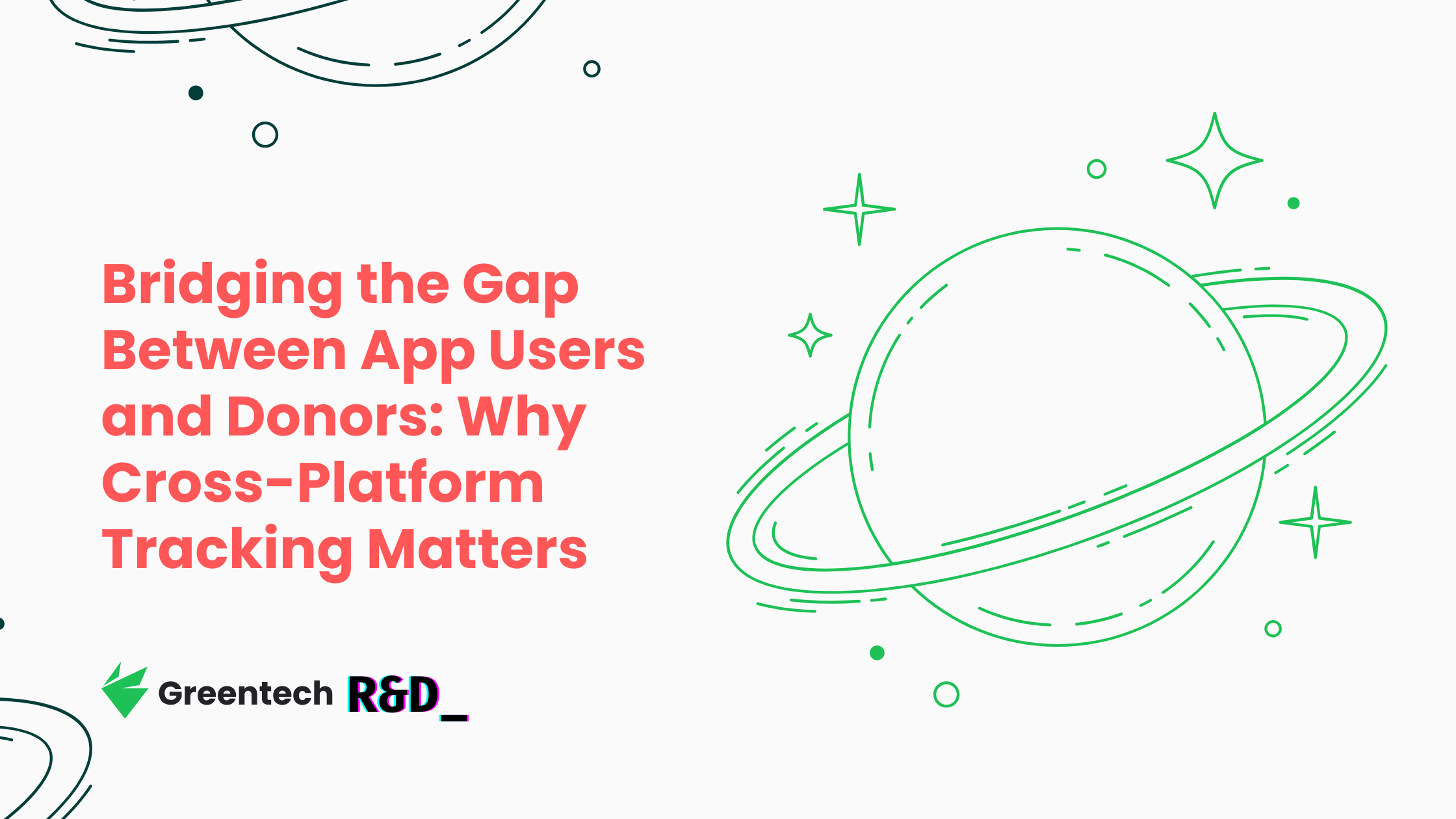Introduction
One of the biggest challenges for Islamic and charity-based mobile apps is tracking the full journey of users—from interacting within the app to making a donation on the website. Without clear visibility into this journey, it becomes difficult to measure ROI, optimise fundraising campaigns, or understand which platforms are truly driving donations.
This is especially true when using third-party donation tools like Donorbox, which often sit outside your core analytics ecosystem. The result? Valuable donor data gets lost in transition. But it doesn’t have to be this way.
🧩 The Problem: Disconnected User Journeys
Imagine this:
A user loves your Islamic mobile app. During Ramadan, they click a donation button that opens your website (with Donorbox embedded) and makes a donation.
You see a spike in website donations that day—but you have no idea who donated from the app, which campaign influenced them, or what part of the app triggered the donation.
That’s a missed opportunity for insight, learning, and future growth.
🔑 The Solution: Unique User IDs + Google Analytics + Donorbox
By using a Unique User ID strategy, you can link app activity to website donations—giving you a full, end-to-end picture of each donor’s journey.
Here’s the high-level breakdown:
1. Generate a Unique User ID in the App
Create a persistent user_id (like a UUID) for each app user and store it securely in the app’s local storage.
2. Pass the User ID to the Website
When the user clicks the donate link, pass that ID in the URL:
https://yourwebsite.com/donate?uid=UNIQUE_USER_ID&utm_source=app&utm_medium=mobile&utm_campaign=ramadan_campaign
3. Store the ID on the Website
Use JavaScript to extract the uid from the URL and store it in browser local storage or cookies.
4. Embed the User ID into the Donorbox Form
Donorbox allows custom fields. Add a hidden input like this:
<input type="hidden" name="custom_user_id" id="custom_user_id" />
<script>
document.getElementById('custom_user_id').value = localStorage.getItem('user_id');
</script>
5. Track with Google Analytics 4 (GA4)
Set the same user_id in GA4 so you can track the user across platforms:
gtag('config', 'GA_MEASUREMENT_ID', {
'user_id': localStorage.getItem('user_id')
});
6. Track Donations as Events
Use either:
- Thank You Page Redirect + GA4 page path event
- JavaScript event trigger or Donorbox Webhook to trigger
donation_successmanually.
Example:
gtag('event', 'donation_success', {
value: 50,
currency: 'USD',
uid: 'UNIQUE_USER_ID'
});
🚀 Why This Matters
- Better attribution: Know which app features or campaigns actually lead to donations.
- Improved UX: Track drop-offs in the donation funnel.
- Smarter fundraising: Understand donor behaviour across devices.
✅ Action Steps for Your Team
- Implement
user_idtracking inside your app. - Update donation links to include
uidand UTM parameters. - Embed hidden fields in Donorbox to capture the user ID.
- Set up donation conversion tracking in GA4.
- Use GA4 reports to monitor cross-platform performance.
🧭 Final Thoughts
This approach might require coordination between your dev, marketing, and analytics teams—but the long-term payoff is huge. With accurate tracking, you’ll better understand what moves your donors, which campaigns work, and how to optimise your platforms for maximum spiritual and financial impact.
Let’s make every donation traceable—and every insight count.
BarakAllahu feekum.

Leave a Reply